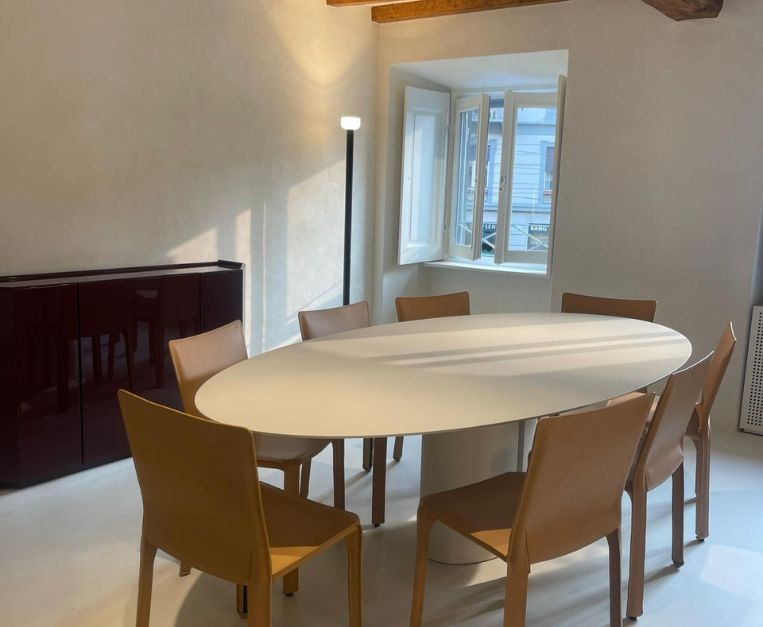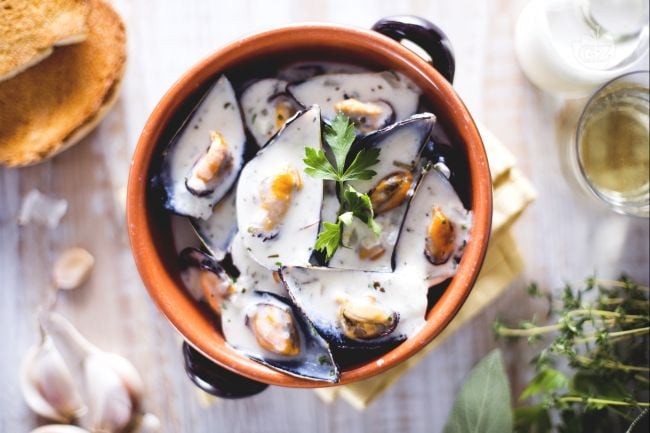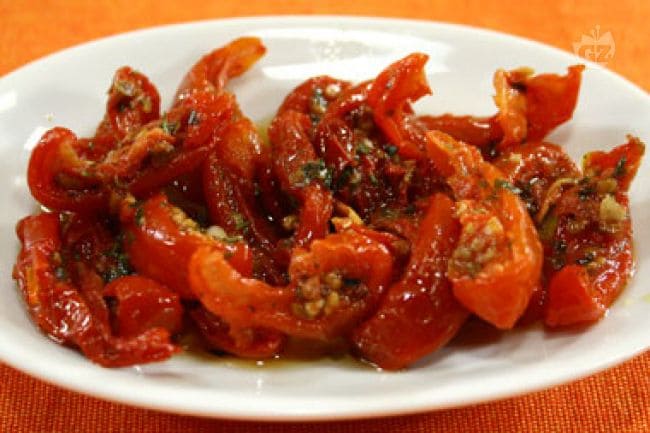The Benedictine Monastery of Catania is one of the largest monasteries in Europe. Located in the central and oldest area of Catania and just under a kilometer from the Ursino Castle, it is one of the architectural and historical stops to visit in the Etna city. The fifth edition of Piccolo è Bello took place right in the Benedictine Monastery of Catania, bringing an event about wines back to the Etna capital after several years. The event conceived by Agata Arancio, which over the years has grown steadily, so much so that in this latest edition there was the presence of over one hundred wineries which gave participants the opportunity to taste the wines produced.
The event was created with the aim of giving greater visibility and making consumers and wine lovers aware of the smaller Sicilian companies (largely those of Etna), which have low production and for this reason are not always easy to find. The event takes its name from this, because in small producers you can have the most beautiful surprises, with products that manage to excite, leave a mark and a memory. In the large internal cloister it was possible to admire the grandeur and architectural beauty of the Monastery while tasting the wines and at the same time being able to travel “virtually” from Catania to Castiglione di Sicilia, Sant’Alfio, Milo. The Sant’Alfio – Milo – Castiglione di Sicilia route was particularly interesting. Intriguing because it manages to express the territorial characteristics of Etna, of how white or red wines are characterized, depending on the side on which the vineyards are located.
In the territory of Sant’Alfio (a town known above all for the Chestnut of the Hundred Horses), at an altitude of m. 450 above sea level are the vineyards of Giuseppe Paolì’s Sive Natura company, the wine produced from Carricante grapes, an IGT Bianco Terre Siciliane, which has all the characteristics and connotations of an Etna Bianco DOC, 2020 vintage, provides a valid start and makes us understand how the eastern side of Etna is particularly suitable for the cultivation of white grapes and for the production of white wines. It presents a rich and complex bouquet with hints of lime, moss and mushrooms. 30% of the mass is aged in tonneaux, this ensures that it has greater structure and enriches its bouquet. From Sant’Alfio to Milo, the journey is short, given that they are two neighboring towns. Going up about m. 300 in Milo, in the Caselle district, Giuseppe Paolì produces another white wine, an Etna Bianco Superiore DOC. The mention of Superiore for Etna Bianco can only be given for wines obtained from grapes harvested in the Milo area, as well as having a minimum percentage of Carricante of eighty percent (80%) and having a lower pH than the Etna White. But the valuable thing was being able to denote the differences between an IGT Bianco Terre Siciliane (which as stated above can be considered to all intents and purposes an Etna Bianco DOC) and an Etna Bianco Superiore DOC obtained with the same percentage of Carricante (100% for both), same vintage (2020), but grown in different parts and above all vinified by the same winemaker Giuseppe Paolì. The BiancoMilo 2020 is fresh both in terms of the aromas that come from the glass and when tasted, this shows an excellent taste-olfactory correspondence. The scents are of citrus and marine notes, the slight hints of broom and flint enrich and complete everything. Long on the sip, good progression. This makes it clear that the mention of Superiore is more than valid.
Remaining in the Milo area and tasting another Etna Bianco Superiore DOC Rachele 2021 produced by Pontemida, other facets of Milo’s Carricante emerge. Hints of citrus are enriched by notes of exotic fruit (pineapple and kiwy), hints of flint and marine notes. Taste – olfactory correspondence is more than good, with a mineral tone. Remarkable acidity and sip length make it a fine wine.
From Milo we move to the area of Castiglione di Sicilia, the north-eastern side of Etna to taste a Pinot Noir. The Sicilian Agricultural Company produces Rossoeuphoria, Pinot Noir IGT Terre Siciliane and was the first company on Etna to produce Pinot Nero on an experimental basis, to then make it his most representative wine. The vintage tasted was 2022, which is characterized by a typical freshness of the vine, and by the hints of small berries, with slight hints of flint. Good balance on the sip between the hard and soft components, giving it a good drinking fluidity.
Finally, in the Arcuria district, still in Castiglione di Sicilia, the Cantina Calcagno produces Arcuria Etna Rosso DOC, obtained from Nerello Mascalese and Nerello Cappuccio. Arcuria 2018 demonstrates its elegance and refinement already from the aromas, small berries, smoky and balsamic notes, humus and this is confirmed by tasting it. It is vertical when drunk, the tannins are fine and the tannic texture is dense. Good persistence.
Thus, remaining inside the cloister of the Benedictine Monastery it was possible to move “virtually” tasting wines and verifying their various facets, one of the various virtues that a glass of wine can give.
















![Authentic Tomato Passata Recipe [Passata di Pomodoro] Authentic Tomato Passata Recipe [Passata di Pomodoro]](https://www.nonnabox.com/wp-content/uploads/2024/01/passata-vertical-3-nonna-box.jpg)

















